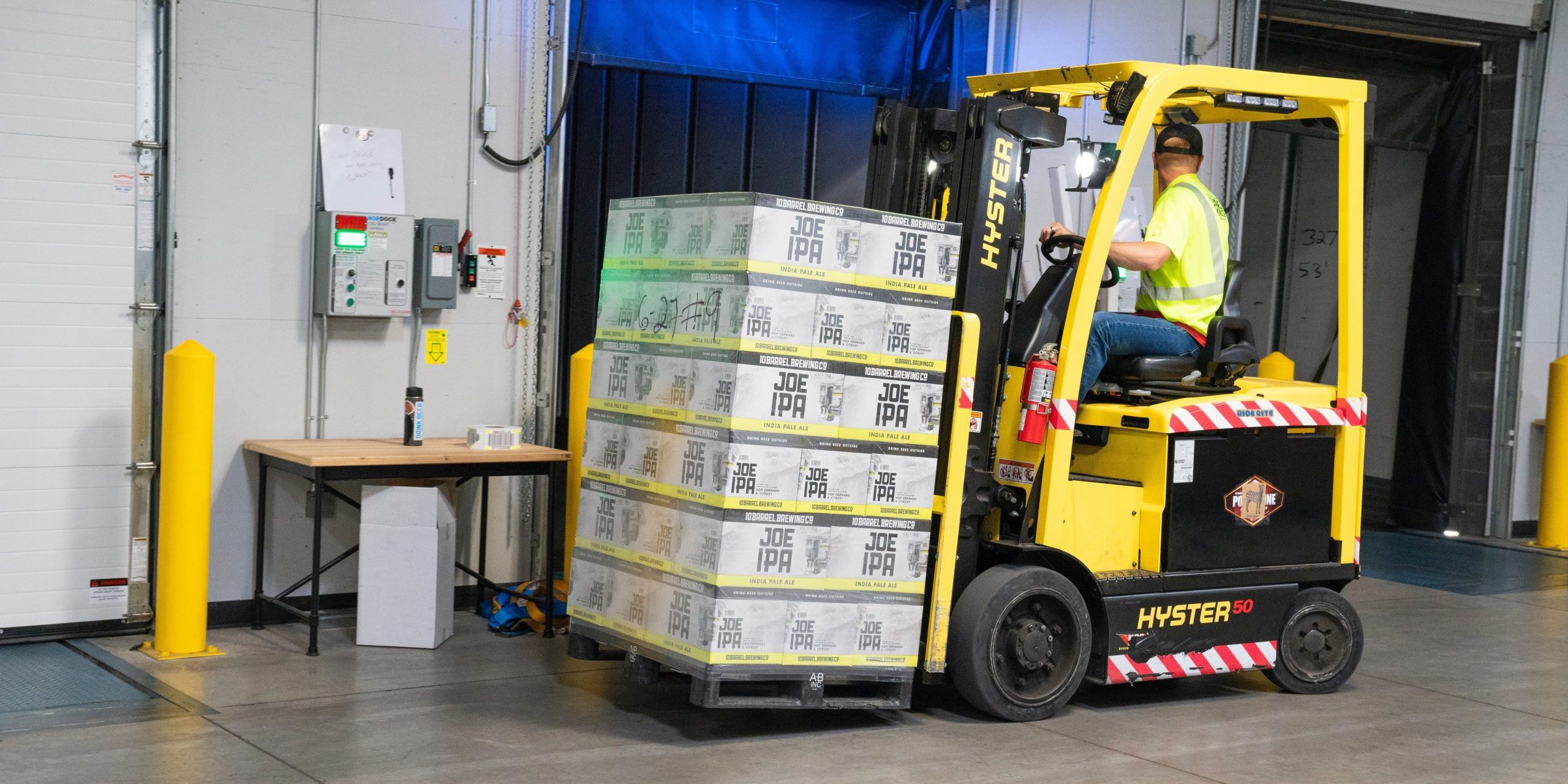Anyone who works night shift knows how hard it can be to focus and stay awake. At Shiftwork Services we recommend three key areas that can help you on night shift.
Manage Yourself. Make sure you have plenty of sleep prior to working at night. While on night shift use alertness strategies including: keep moving, eat something, talk to someone, drink water, enjoy coffee, take a nap, go to a well-lit room, use a light box, breath deeply, listen to music, splash cold water on your face, jump up and down, go for a walk, take up a yoga position, stand at your work station, swop tasks or doodle.
All of these strategies work for a short time however cannot be relied on to manage alertness. There is only one way of reducing fatigue and that is sleep. Did you know that muscles can recover with a rest, but the brain can only recover with sleep.
Manage the Environment. If you have a room where lights are bright, this can help keep you stay awake. This is because light supreses melatonin – the hormone that slows your body down to make sleep easier. Some people use bright light boxes which are designed specifically to manage alertness or adjust the body clock.
Manage the Roster. A good roster will give you opportunity to sleep. Consecutive nights and early starts on your roster, are the most common factors that can prevent sleep and upset your body clock. If you are constantly fatigued it may be the roster, not you that needs to change. To assess the impact that your roster has on sleep and fatigue, consider an assessment with Shiftwork Services. We use a bio-mathematical approach to predict fatigue risk.
Whatever is causing fatigue in your workplace, we invite you to answer the following question.
1 – What accidents and near misses have you seen due to fatigue?
2 – Who was affected?
3- What can be done in your workplace to reduce fatigue, and enable shiftworkers to have a safe, healthy and productive place of work?



